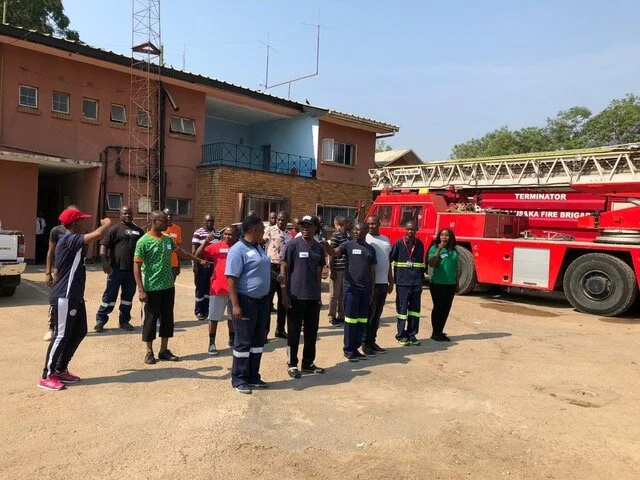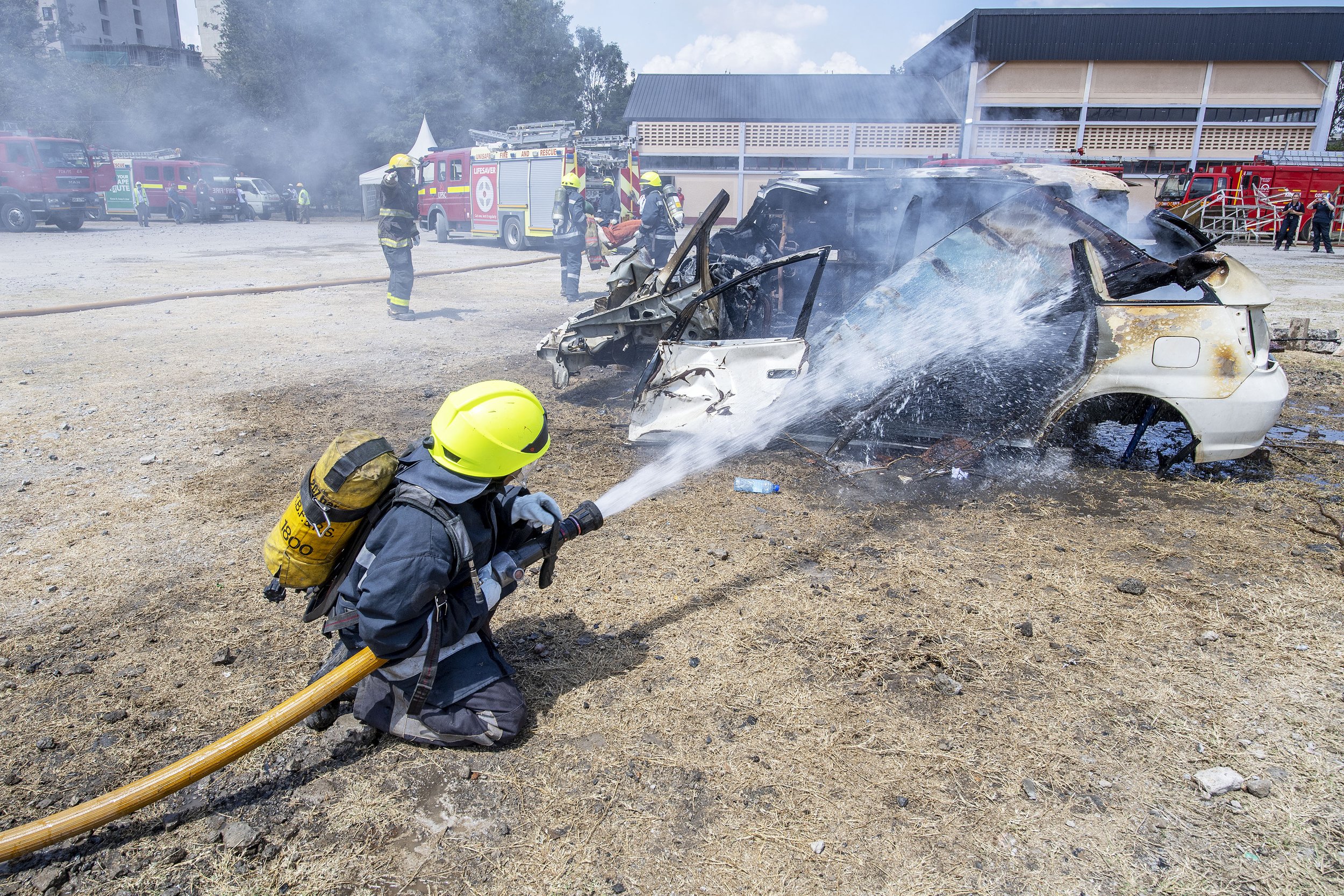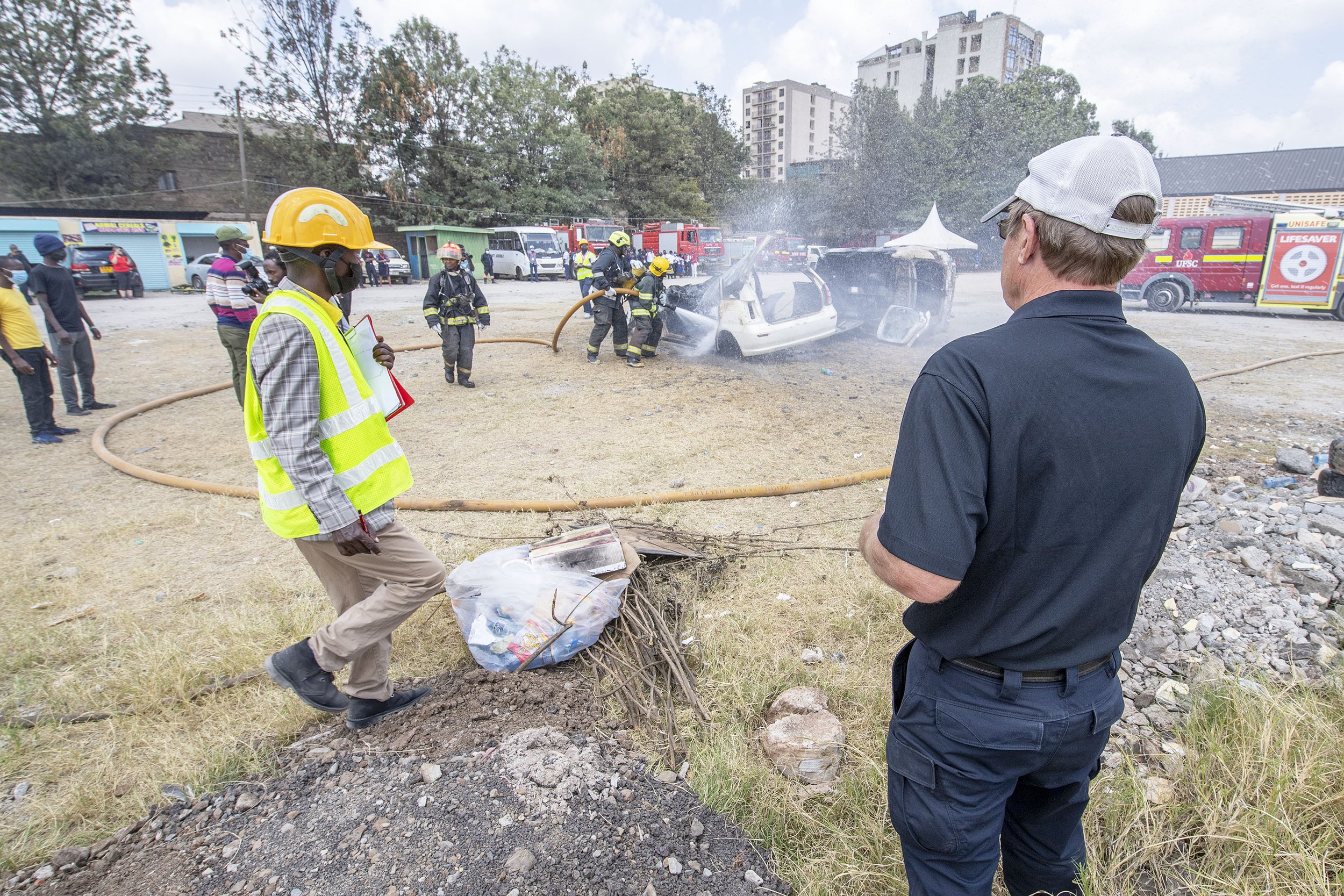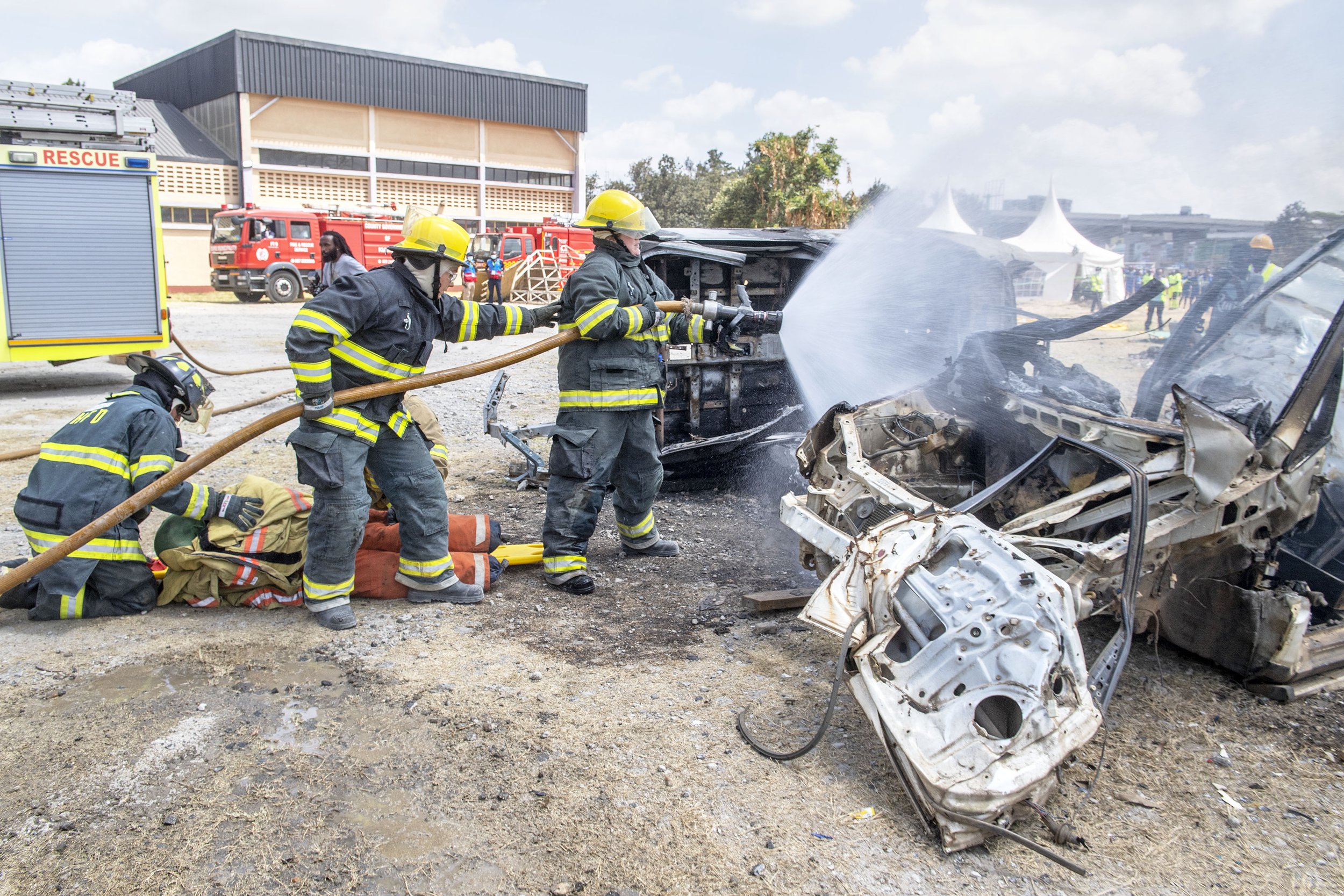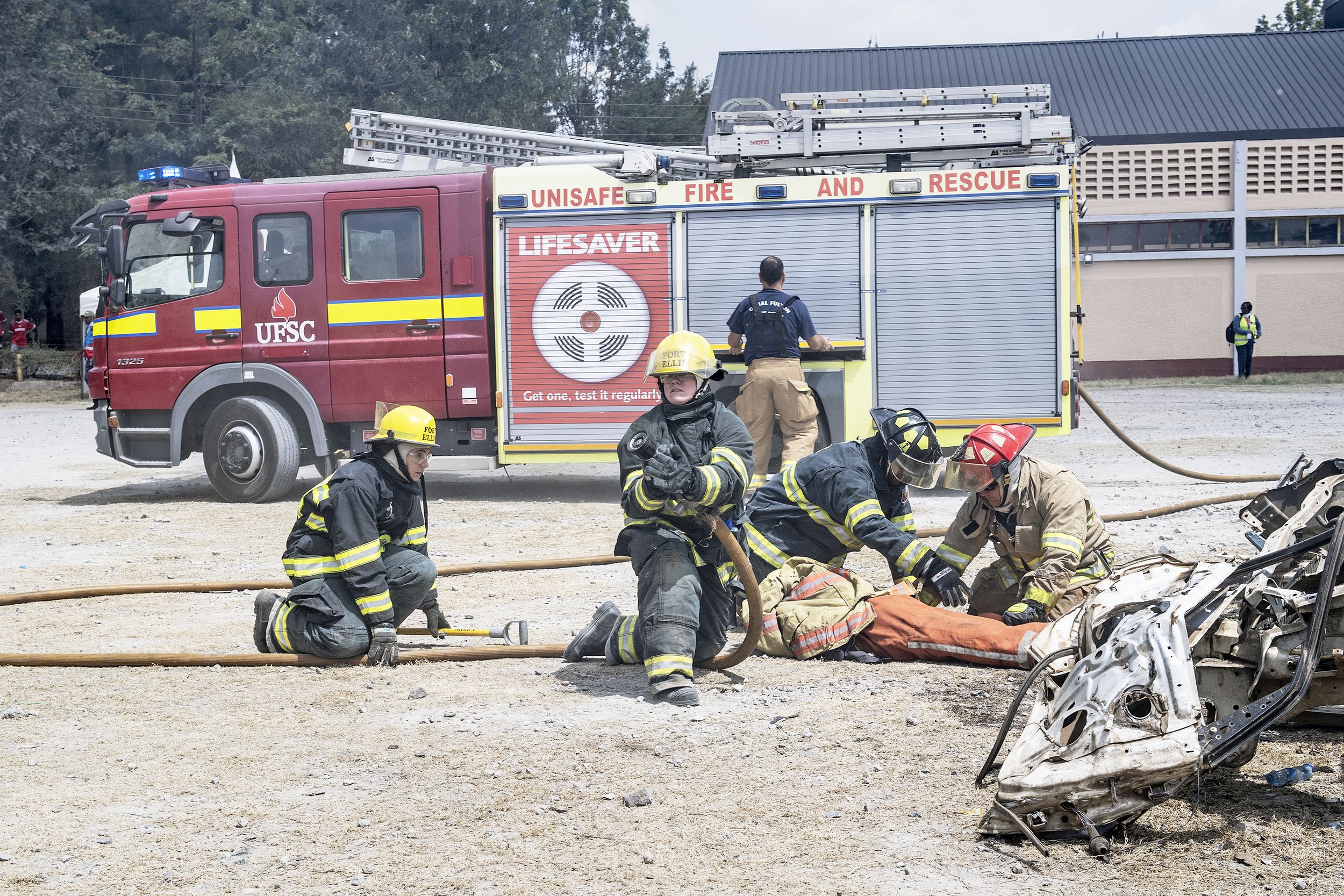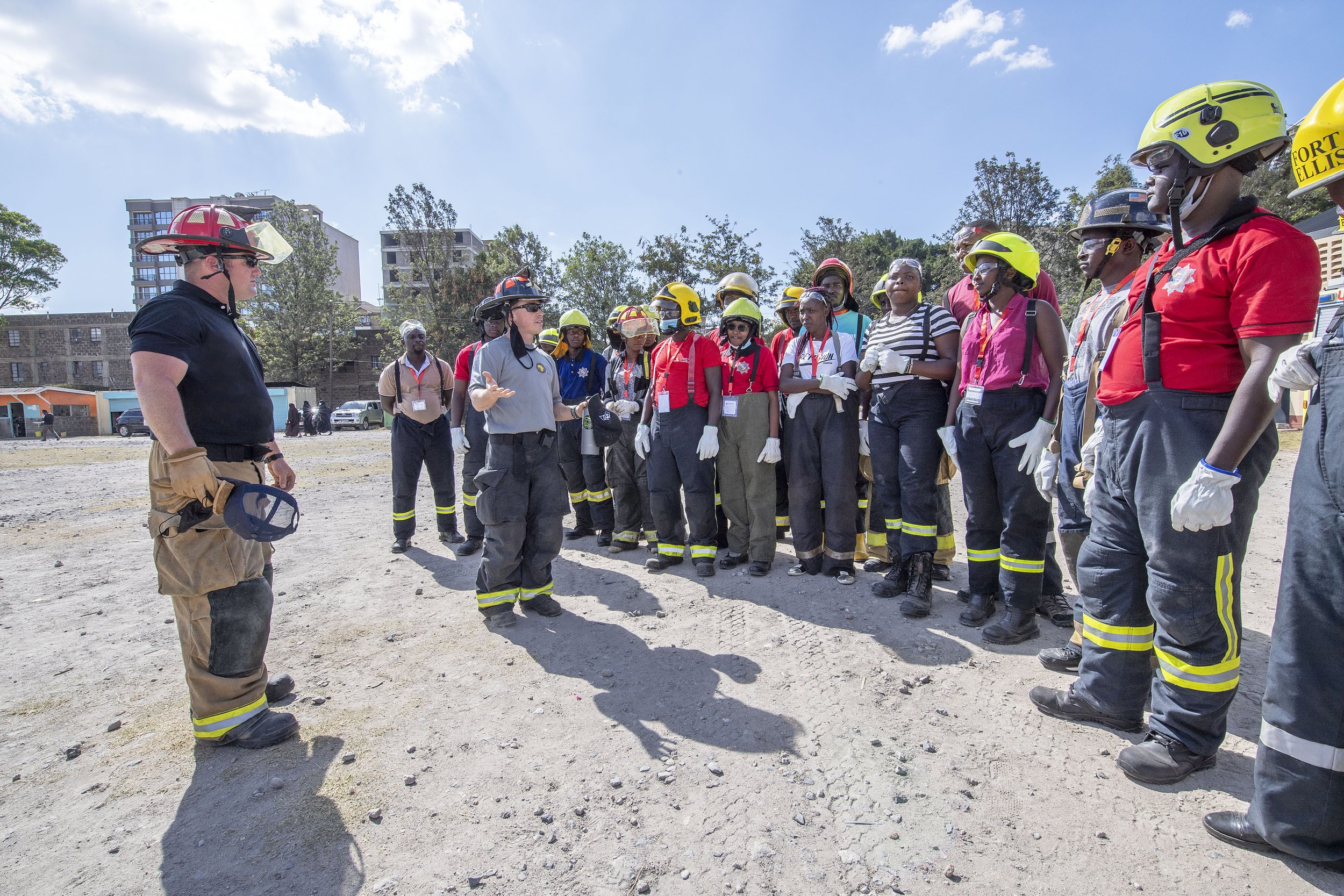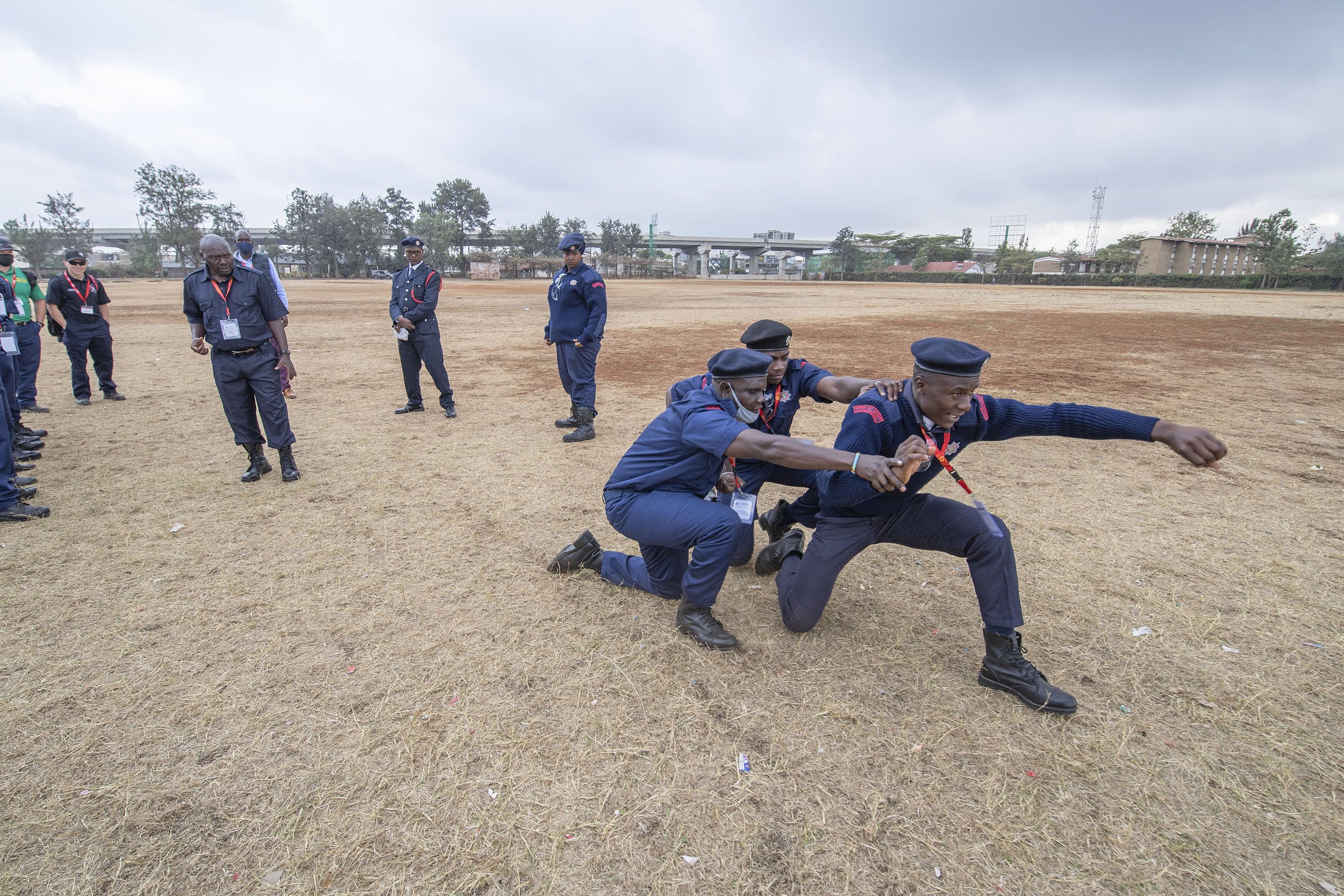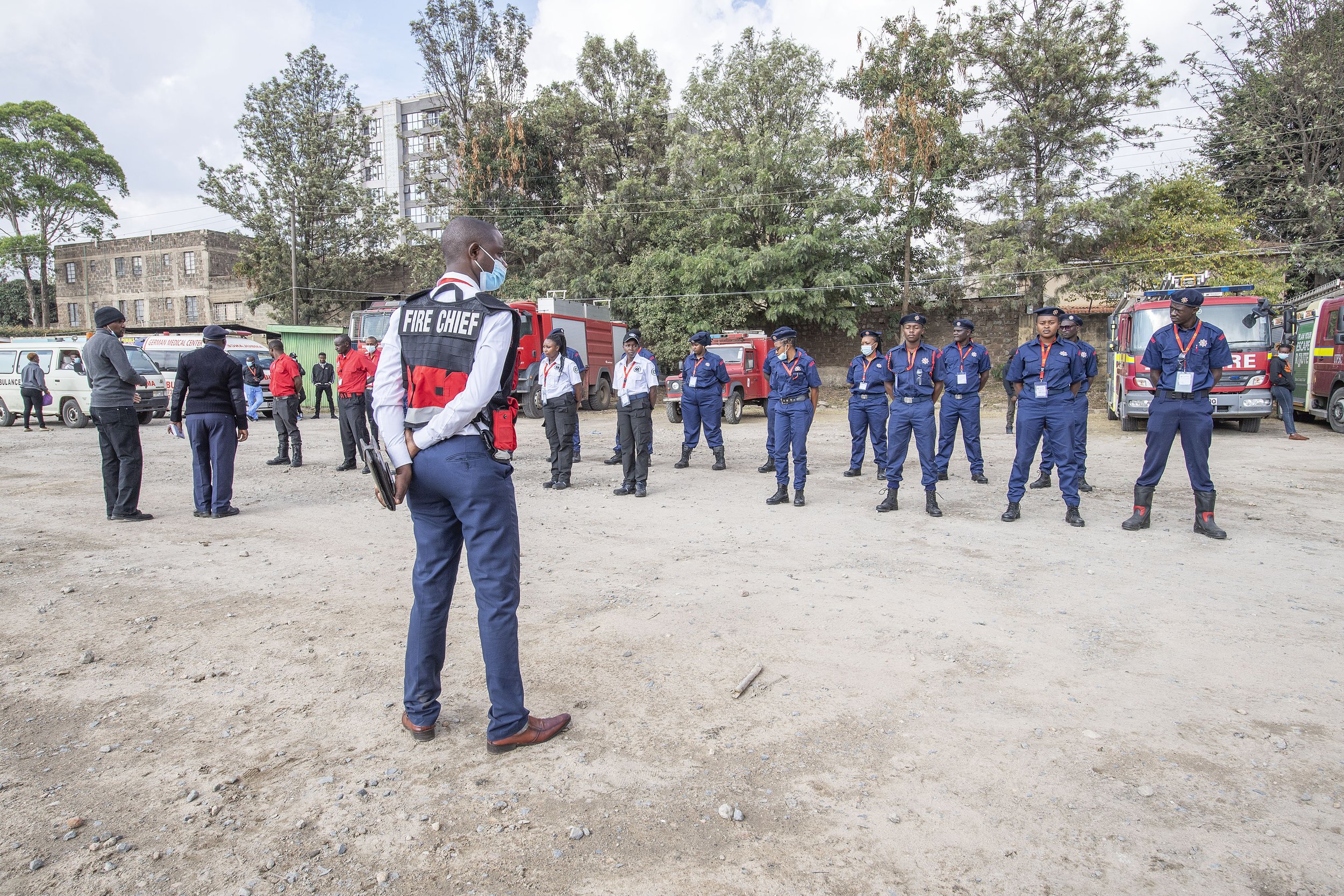Conducting a confined space rescue is a risky endeavor that requires great skill and patience.
Many times we have seen numerous rescue attempts fail due to the lack of patience and skill
being exercised by rescue personnel. In training of technical rescue operations, we instruct
upon how we want to avoid a failed rescue attempt by recognizing certain attributes that are
lending to the overall situation. The acronym FAILURE is used to describe these certain
attributes that can be present at each confined space rescue operation. The acronym FAILURE
stands for:
F – Failure to understand the environment
A – Additional medical implications not considered – dust, crush syndrome
I – Inadequate preparation
L – Lack of team work, training
U – Underestimating the logistical needs
R – Rescue vs. Recovery
E – Equipment not mastered
The first important consideration of the environment is the atmosphere inside and around the
confined space. Monitoring the atmosphere is sometimes overlooked by responding personnel
and thus leads them to become victims as atmospheric conditions overtake. The basic four gas
monitor will be a benefit as it will detect for percentage of oxygen, carbon monoxide, hydrogen
sulfide gas and lower explosive limits. Ideally, conditions should be 0 % for hydrogen sulfide, 0%
for carbon monoxide, 0% for LEL and 21% for oxygen. An increase/decrease of 1% in any
category is equivalent to 10,000 ppm of a contaminant in the ambient air. Even though there is
just a 1% difference between normal and acceptable limits, doesn’t mean that it is safe to
enter. Using hydrogen sulfide as an example, it only takes between 1000 to 2000 ppm to cause
death in a few minutes which is less than 1%.
The letter “A” represents a lack of consideration for additional medical implications that are not
being considered. The majority of confined space rescues involve a person who is overcome by
a toxic environment or a lack of oxygen within the space. Very few incidents involve medical
reasons as the catalyst for the rescue operation. When we think of medical reasons we are
considering falls, traumas, and cardiac arrest. These types of incidents represent a very low
number of why we have a confined space rescue. However, when there is a confined space
rescue operation initiated, these factors must be considered and answered.
The letter “I” is in reference to inadequate preparation. What makes a confined space rescue
incident worse is the lack of preparation for the worse to happen. Many workers will enter into
a confined space thinking that it is only another routine day. There has been no time taken to
prepare for the actual rescue of that worker. Gaining entry into a confined space is the easy
part, getting the entrant out of the confined space when something goes wrong is the hard
part. Adequate preparation must be taken to ensure that the question of “How do we get the
entrant out” can be answered before the entrant goes in.
The letter “L” is for a lack of team work. During a confined space rescue incident, there needs to
be one person one charge who will be your Incident Commander. This person will be the one
who will make the final decisions on how to affect the rescue, which person will do what tasks
and oversee the whole operation from start to finish. When you have emotions taking over
certain members of the team, they seem to want to control the operation and start to ignore
the Incident Commander and start to implement what they think is best and should be done. At
this point communications starts to break down, and mistakes start to occur.
The letter “U” is for understanding the logistical needs. It is wise to expect the worse and be
prepared for it rather than being unprepared and expecting the least. Many times rescue crews
are responding to a call not prepared for what they are going to be faced with. For a confined
space rescue incident, the crews responding need to expect the worse. This way they will be
prepared when arriving and ready to act without hesitation.
The letter “R” is for rescue vs. recovery. Establishing the mode of operation at the onset of the
effort is vital to the success of it. The Incident Commander needs to determine right away
whether they are going to be conducting a rescue or a recovery. This determination will set the
pace of the operation and it needs to be communicated to everyone on site very clearly..
Would be rescuers soon become the victim as they are overcome by toxic atmospheres found
within the space. According to statistics from NIOSH, 60% of confined space fatalities are would
be rescuers.
The letter “E” is for equipment not mastered. Confined space rescue teams use lots of different
equipment to aid them with their operations. The equipment used needs to be mastered by all
those who are expected to use it. This only occurs through training and practicing with the
equipment on a regular basis. The time to learn how to use a certain piece of equipment is on
the training grounds and not at the confined space incident.
About the Author:
Mark van der Feyst is a 25 year veteran of the fire service and is currently the Senior Battalion Chief at the Six Nations Fire & Emergency Services in Canada and a part time firefighter with the Fort Gratiot Fire Department in Michigan. He has worked in both the USA and Canada for various fire departments and holds a Masters of Science degree in Safety, Security & Emergency Management from Eastern Kentucky University.

